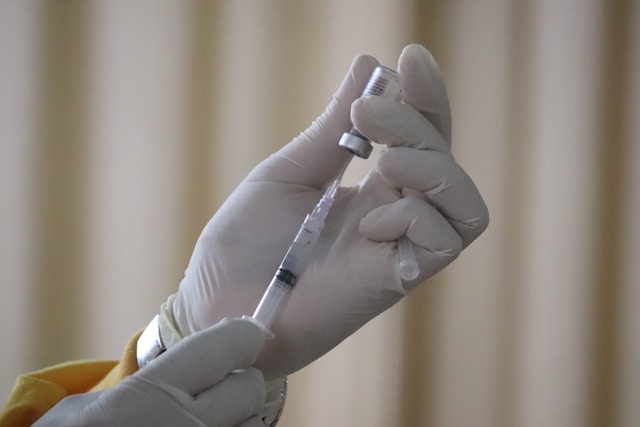Incidence of Invasive Cervical Cancer Following Bivalent Human Papillomavirus Vaccination: A Population-Based Observational Study of Age at Immunization, Dose, and Deprivation
Background
The high-risk human papillomavirus causes cervical cancer. Vaccines have been developed that significantly reduce the incidence of pre-invasive and invasive diseases.
This population-based observational study used linked data from screening, immunization and cancer registries from Scotland to assess the influence of age, number of doses and deprivation on the incidence of invasive disease after administration of the bivalent vaccine.
Methods
Data for women born between 1 January 1988 and 5 June 1996 were extracted from the Scottish Cervical Cancer Screening System in July 2020 and linked to cancer registry, immunization and deprivation data. .
Incidence of invasive cervical cancer per 100,000 person-years and vaccine efficacy were correlated with vaccination status, age at vaccination, and deprivation; Kaplan Meier curves were calculated.
Results
No cases of invasive cancer were recorded in women immunized at 12 or 13 years of age, regardless of the number of doses.
Vaccinated women aged 14 to 22 years who received 3 doses of the bivalent vaccine showed a significant reduction in incidence compared to all unvaccinated women (3.2/100,000 [95% confidence interval (CI)]. = 2.1 to 4.6] vs. 8.4 [95% CI = 7.2 to 9.6]).
The unadjusted incidence was significantly higher in women from the most deprived areas (Scottish Index of Multiple Deprivation 1) than in the least deprived areas (Scottish Index of Multiple Deprivation 5) (10.1/100,000 [95% CI = 7. 8 to 12.8] versus 3.9 [95% CI = 2.6 to 5.7]).
Women in the most deprived areas showed a significant reduction in incidence after 3 doses of vaccine (13.1/100,000 [95% CI = 9.95 to 16.9] vs 2.29 [95% CI = 0.62 to 5.86]).
Conclusion Our findings confirm that the bivalent vaccine prevents the development of invasive cervical cancer and that even 1 or 2 doses one month apart confer benefit if administered between 12 and 13 years of age. At older ages, 3 doses are required for the vaccine’s effectiveness to be statistically significant. Women in more disadvantaged areas benefit more from vaccination than those in less disadvantaged areas. |
















